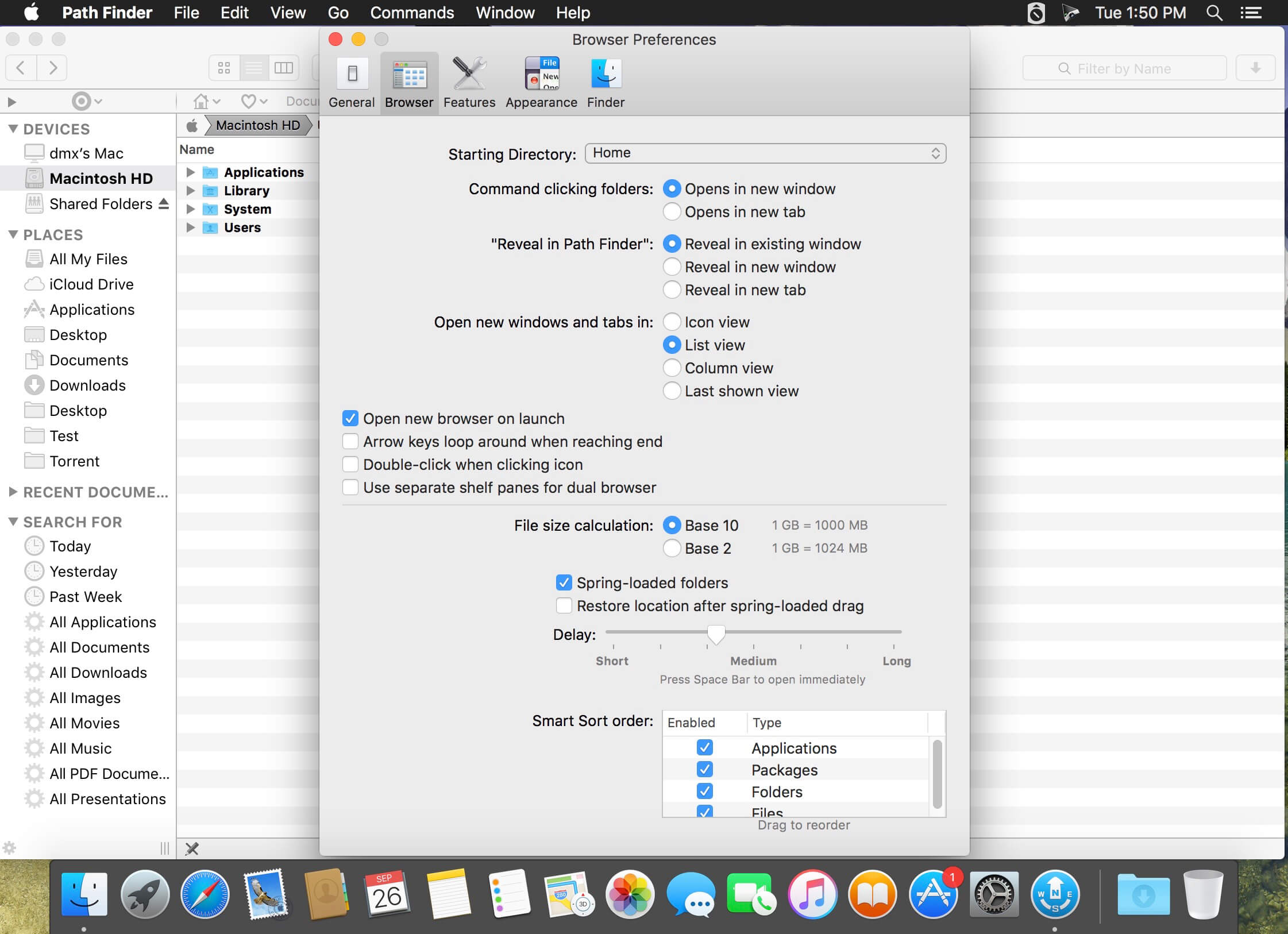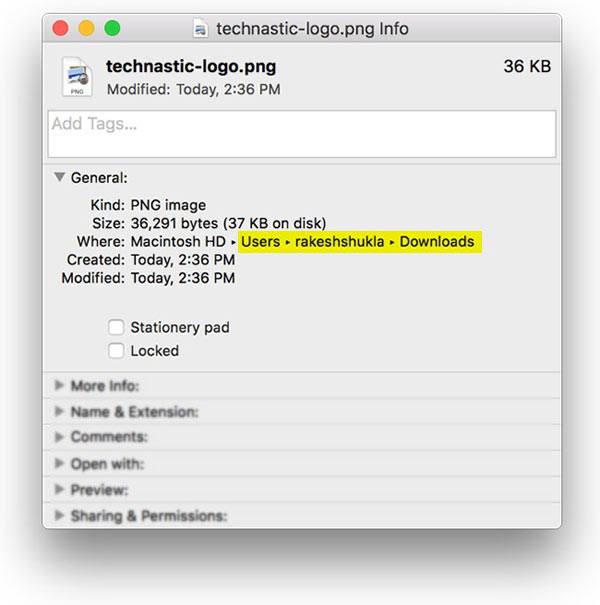

It uses FolderSync for comparing such folders before syncing files. For smarter file management, Path Finder does that by merging the contents of two folders automatically so that there are no duplicates. So if you tend to take a backup of different files often, then Drop Stack acts as temporary storage to move and copy files and folders. The Drop Stack feature is quite handy for selecting multiple files to move or copy them in a single step. Path Finder is the first choice of many power users for features beyond the lauded dual-pane navigation. Note: All the Finder alternatives on this list work on macOS 10.15 Catalina. So let’s check out the Finder alternatives for Mac. And that list includes the different Finder alternatives on this list. To overcome that, you can subscribe to the SetApp Store at $9.99 per month to gain access to over 190 macOS apps.
#Options to path finder for mac os x free
The cost of individual file managers can be hefty on your pocket, and the free trials may not give you a full-blown experience.

In ~/Movies, ~/Music and ~/Pictures the Finder offers extended options according to the types of file it expects to find there. In your ~/Documents folder, there are only the standard metadata to choose from. The final oddity is that extended options for columns in List view only apply to certain folders. And the moment you close Preview Options, the information displayed flips back to what it was showing before, which isn’t what’s selected here. But there’s something very strange going on here: the moment that you open Preview Options, the Information displayed under the thumbnail changes to match what’s selected in the list, which is different again from what’s shown in Get Info, thumbnail information, or the options for columns in List view. Select the Show Preview Options command, and you’ll see a list of the metadata categories which you can select from. To see the options for displaying metadata of any given file type, find a file of that type and Control-click on it for the contextual menu. This list lacks Audio channels and Sample rate, but adds Rating and Track number. At first sight, this appears to include the same categories as shown in the Get Info dialog and thumbnail information, but look closely and it isn’t. What is shown again depends on the file type, and for the same music track matches that shown in the Get Info dialog.ĭepending on where that file is, if you switch the Finder window to List View and Control-click on any of the column headers, you’ll be shown a list of metadata which can be viewed in columns. If you use the Finder’s Column View and select a file, below its QuickLook thumbnail is another list of information about that item. Select any file (or folder) and press Command-I to see the Get Info dialog.ĭepending on the type of file selected, you should also see in the More info section anything from a blank to this detail for a music track. This article looks at three different ways Finder presents file metadata, and their peculiarities.

When it comes to metadata, it can be highly informative and at the same time deeply puzzling. Finder remains, for all its warts and quirks, an amazingly powerful front end to what’s stored on your Mac.


 0 kommentar(er)
0 kommentar(er)
